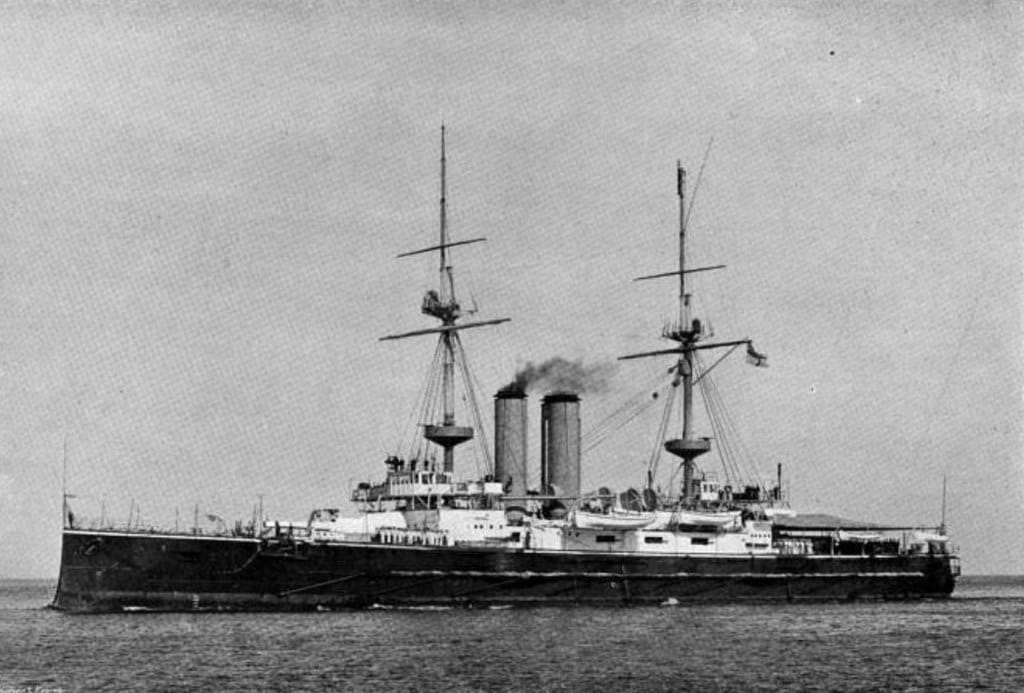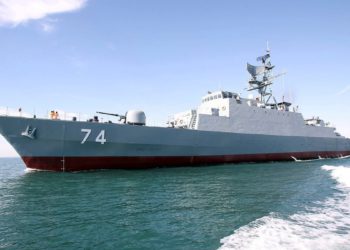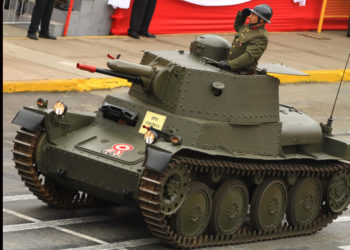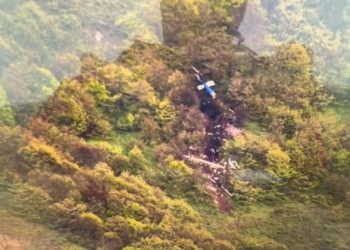That Other Battle of the Falklands Island
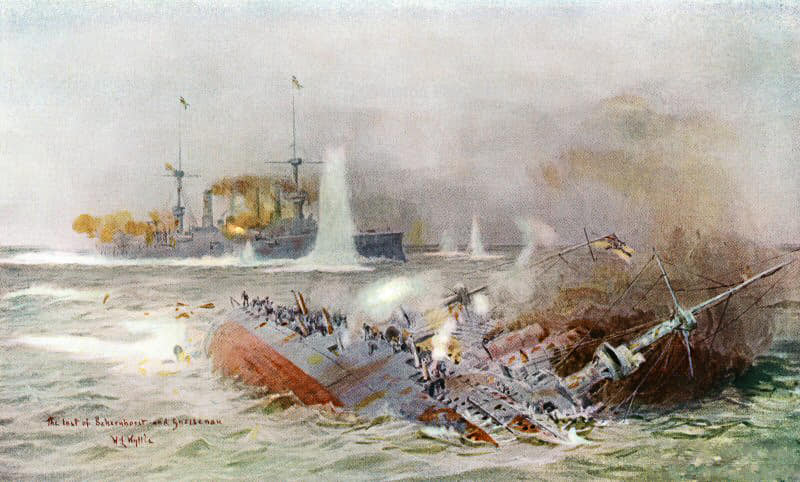
Okay, when you hear “Falklands Islands,” the War of 1982 is probably the first thing that comes to mind. But what you may not know is that just a little over 65 years earlier, another major battle took place. This time though, it was the British Royal Navy vs. The Imperial German Navy.
The Prelude to Battle
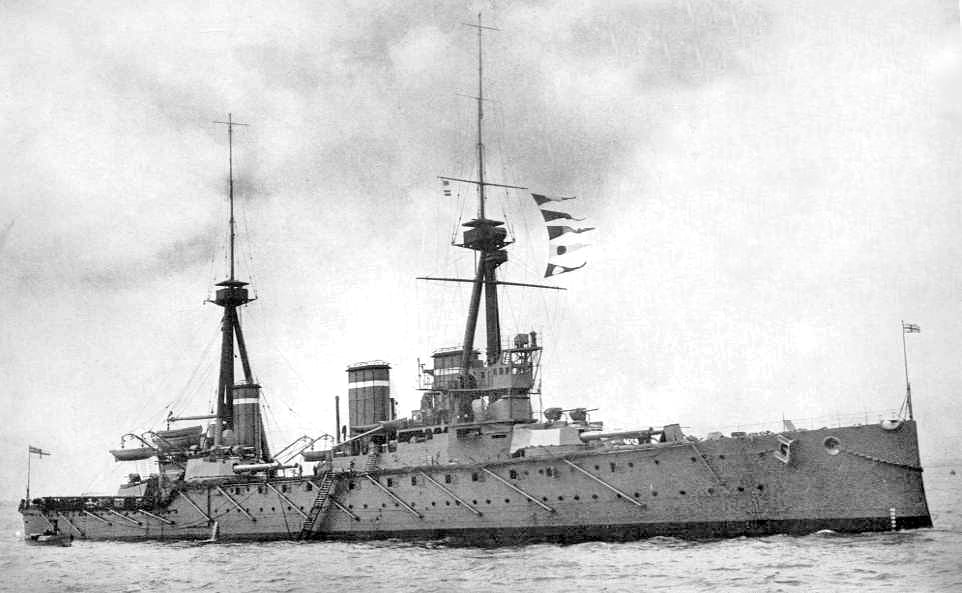
When World War I broke out, the German East Asia Squadron decided to make their way back to the Atlantic and eventually, Germany. This decision was due to the small force of cruisers being seriously outnumbered and outgunned by the British and Japanese fleets that were hunting them down. In command of this force was Admiral Graf Maximilian von Spee, a seasoned naval officer who had done many tours in German East Africa and the Far East. He even handed Germany its first naval victory of the war at the Battle of Coronel, which was the first time the Royal Navy had lost a naval engagement since the Napoleonic Wars, 100 years earlier.
But with a long way to go before they could reach German waters, Spee came up with a rather audacious plan. It was a well-known fact the Falkland Islands were used as a refueling stop for vessels planning to traverse the southern tip of South America. With a rather sizable force at his disposal, Spee planned to raid the Falklands and steal as much coal as he could for his ships, which now included 3 colliers.
The British Defense Strategy
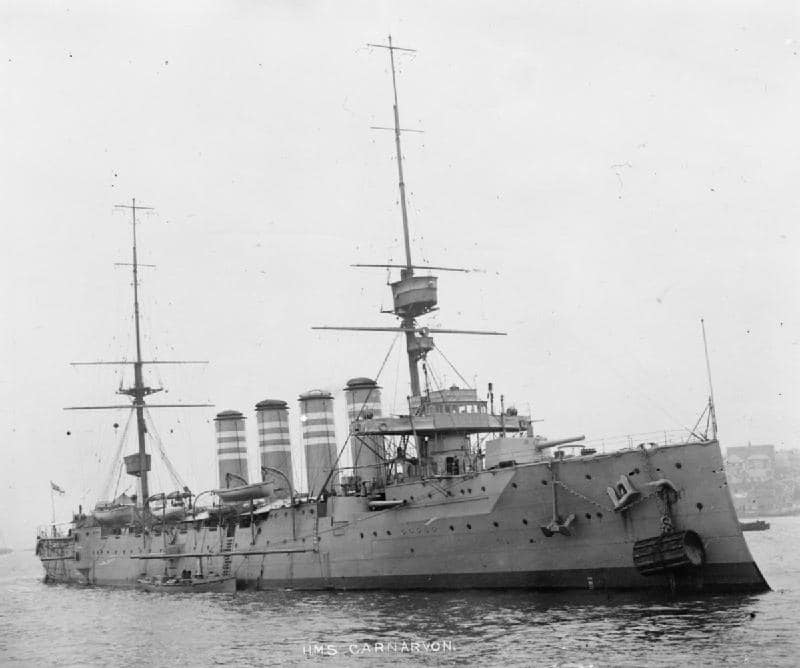
The British also knew that the Falklands would be a target due to the coal bunkers. After the Battle of Coronel, they sent a force consisting of 2 battle cruisers, 3 armoured cruisers, 2 light cruisers, and 1 armed merchant. In addition, 1 pre-dreadnought was grounded so it could be used as a defense battery for the area.
By comparison, Spee’s force consisted of 2 armoured cruisers, 3 light cruisers, and 3 transport ships. Interestingly enough, the Royal Navy was alerted of the German’s arrival by Mrs. Muriel Felton, who was the wife of the manager of a sheep station near Fitzroy. The maids took turns riding to the top of a nearby hill to record the movements of the ships, which Felton relayed to Port Stanley by telephone. So basically the Germans got ratted out by a little old lady.
The Battle of the Falklands
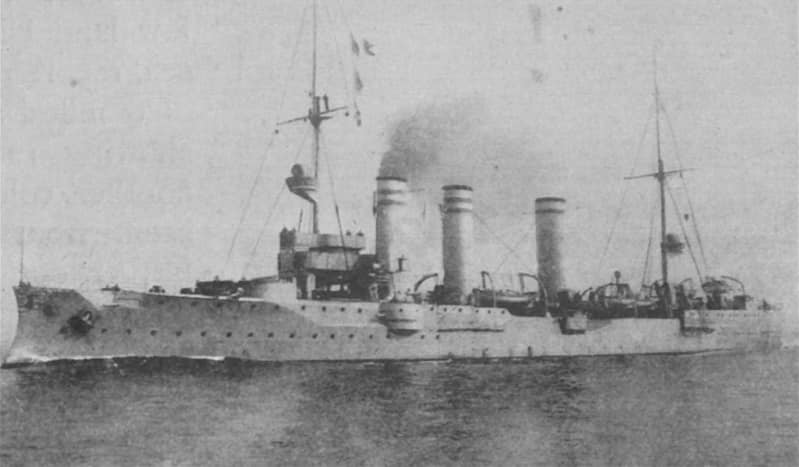
This information proved vital in the battle that followed. On December 8th, Spee’s cruisers Gneisenau and Nürnberg approached Port Stanley first but were soon engaged by Cruiser HMS Kent and the now-grounded Dreadnought HMS Canopus. At 1:00 PM, Battle cruisers HMS Invincible and Inflexible opened fire on the outgunned German ships, soon scoring hits on the Scharnhorst and Gneisenau, as the other cruisers began to give chase to SMS Leipzig and SMS Nürnberg.
The Aftermath

The battle was an absolute slaughter, as all but one of the German vessels were either sunk or scuttled by the end of it all. 1,871 German sailors were killed and 215 were captured. Among the dead was Admiral Spee and his two sons, while none on board the Scharnhorst survived. The only vessel to escape, SMS Dresden, would make it back to Chile and would be interned and later scuttled to prevent capture.
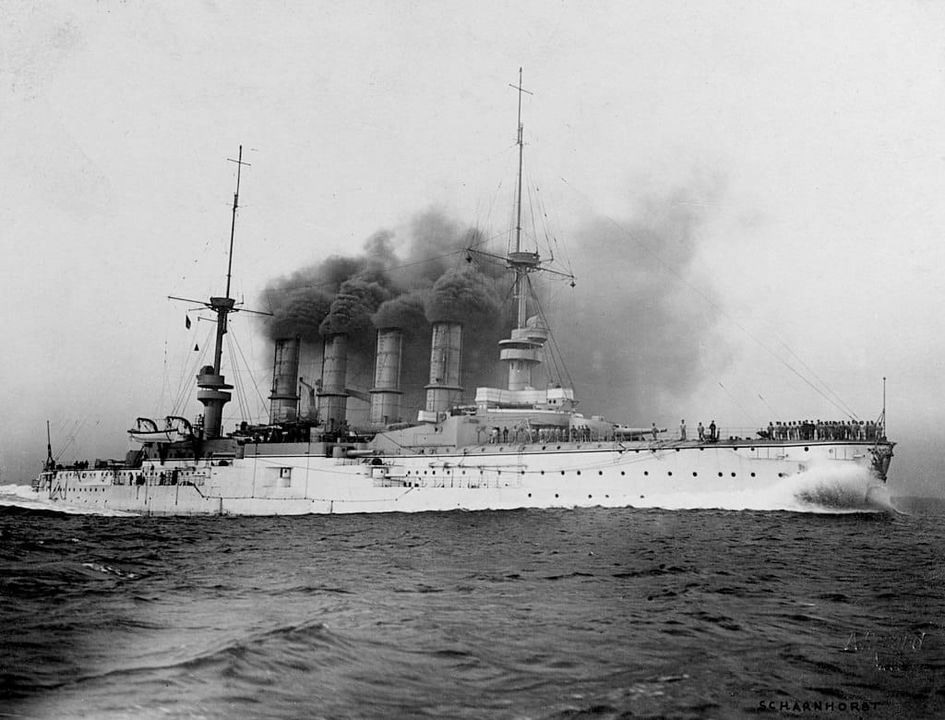
~NC
